Neural networks, an artificial intelligence method inspired by the human brain’s architecture, teach computers how to process data and acquire knowledge through experience. This technique finds application in various tasks, including image recognition, voice and facial recognition, natural language processing, recommendation systems, data analysis, phenomena predictions, and more.
Training a neural network can be complex and challenging. Therefore, we’ve compiled some tips to enhance the performance and generalization of this algorithm.
Weight Initialization
The first tip revolves around the network’s weights. Properly choosing initial weights is crucial to avoid issues like vanishing or exploding gradients, which affect the model’s stability and its ability to learn from training data.
To address this, initialization can be done randomly or using techniques like Xavier initialization for sigmoid and hyperbolic tangent activation functions, or He initialization for ReLU activation functions. These methods provide a solid starting point to prevent gradient-related problems and slow convergence while minimizing parameter variance.
Activation Functions
The choice of activation function is also crucial as it influences the behavior of our neural network. This function determines whether the input to a neuron is important in the prediction process. Various functions are available, with the most popular being ReLU and its variants, Tanh, and sigmoid. The advice here is to choose the one that best suits the task at hand.
Batch Normalization
Batch normalization optimizes the training of neural networks by normalizing inputs for each layer concerning their mean and standard deviation. This allows the use of higher learning rates and faster network training.
This technique has numerous advantages and can be implemented during training by dividing data into mini-batches and calculating the mean and standard deviation of each input variable within these groups.
Dropout
Another recommended technique is dropout, which involves randomly turning off parts of neurons in a layer during training. This is beneficial in preventing overfitting by making the network more robust, enabling it to handle unseen data effectively.
Applying dropout to a network is a relatively simple process, involving choosing the layer to apply it to, defining the dropout rate, and configuring the dropout layer with the specified rate.
Learning Rate
The last tip today concerns the learning rate, a measure determining the rate at which weights are updated, i.e., the size of steps taken by the network in adjusting parameters during training.
This is a crucial measure influencing how quickly and accurately the network converges to a solution. In simple terms, a low learning rate results in slow but precise training, while a high rate leads to faster but less accurate training. A good practice is to start with a higher value and then use techniques to adjust it during training.
These are just a few tips on handling aspects that can impact the performance and generalization capabilities of neural networks. Many other concepts and techniques are worth exploring, and the appropriate application of these techniques will be essential for obtaining meaningful results.




